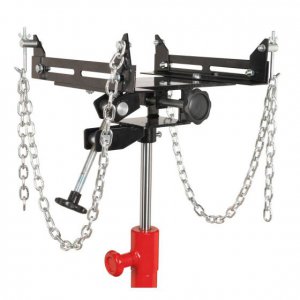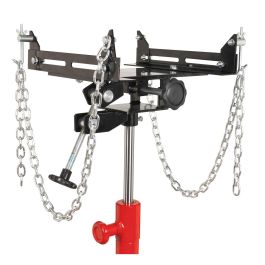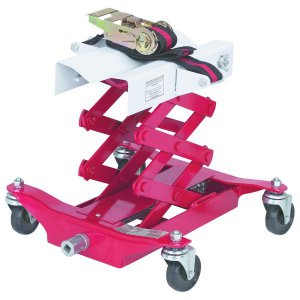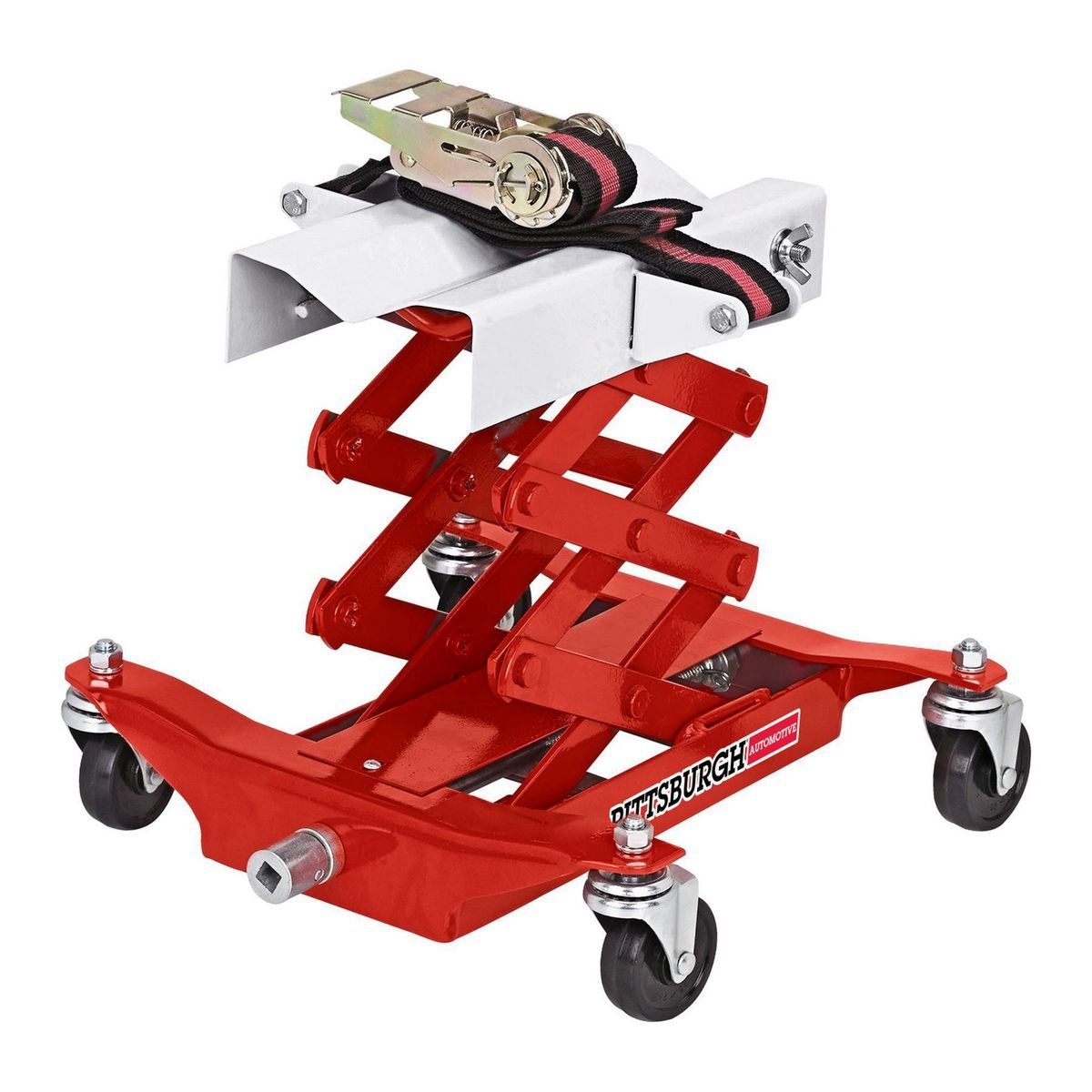- Joined
- Jan 22, 2017
- Messages
- 90
When I'm not working, or gardening, or messing around in the workshop with lathes and mills, I'm often to be found lying under an old Land Rover getting a good soaking in oil while rust falls into my eyes and ears. What fun.
One job that's a real pig is removal and refitting of the gearbox and I've had an idea for building a jig to make the task less difficult. Essentially, I envisage four bottle jacks, one at each corner, acting through ball joints to lift the frame that will hold the gearbox. This arrangement should allow not only height adjustment but also alteration of pitch and roll. Yaw would be adjusted by simply turning the lower end on casters.
But: where to get ball joints? I haven't a clue, I've never seen them advertised for sale anywhere. If they are not the sorts of things that can be bought off the shelf, should I get busy with my ball-turning attachment and if so: (1) What's the best material to use? I thought bronze might be a good choice but it's only a guess and (2) is it worth fitting grease nipples? The device is only going to used once every couple of years, the ball joints will disarticulate and can be greased up prior to each use.
Please keep in mind that I'm in the UK.
Many thanks,
Nick
One job that's a real pig is removal and refitting of the gearbox and I've had an idea for building a jig to make the task less difficult. Essentially, I envisage four bottle jacks, one at each corner, acting through ball joints to lift the frame that will hold the gearbox. This arrangement should allow not only height adjustment but also alteration of pitch and roll. Yaw would be adjusted by simply turning the lower end on casters.
But: where to get ball joints? I haven't a clue, I've never seen them advertised for sale anywhere. If they are not the sorts of things that can be bought off the shelf, should I get busy with my ball-turning attachment and if so: (1) What's the best material to use? I thought bronze might be a good choice but it's only a guess and (2) is it worth fitting grease nipples? The device is only going to used once every couple of years, the ball joints will disarticulate and can be greased up prior to each use.
Please keep in mind that I'm in the UK.
Many thanks,
Nick





